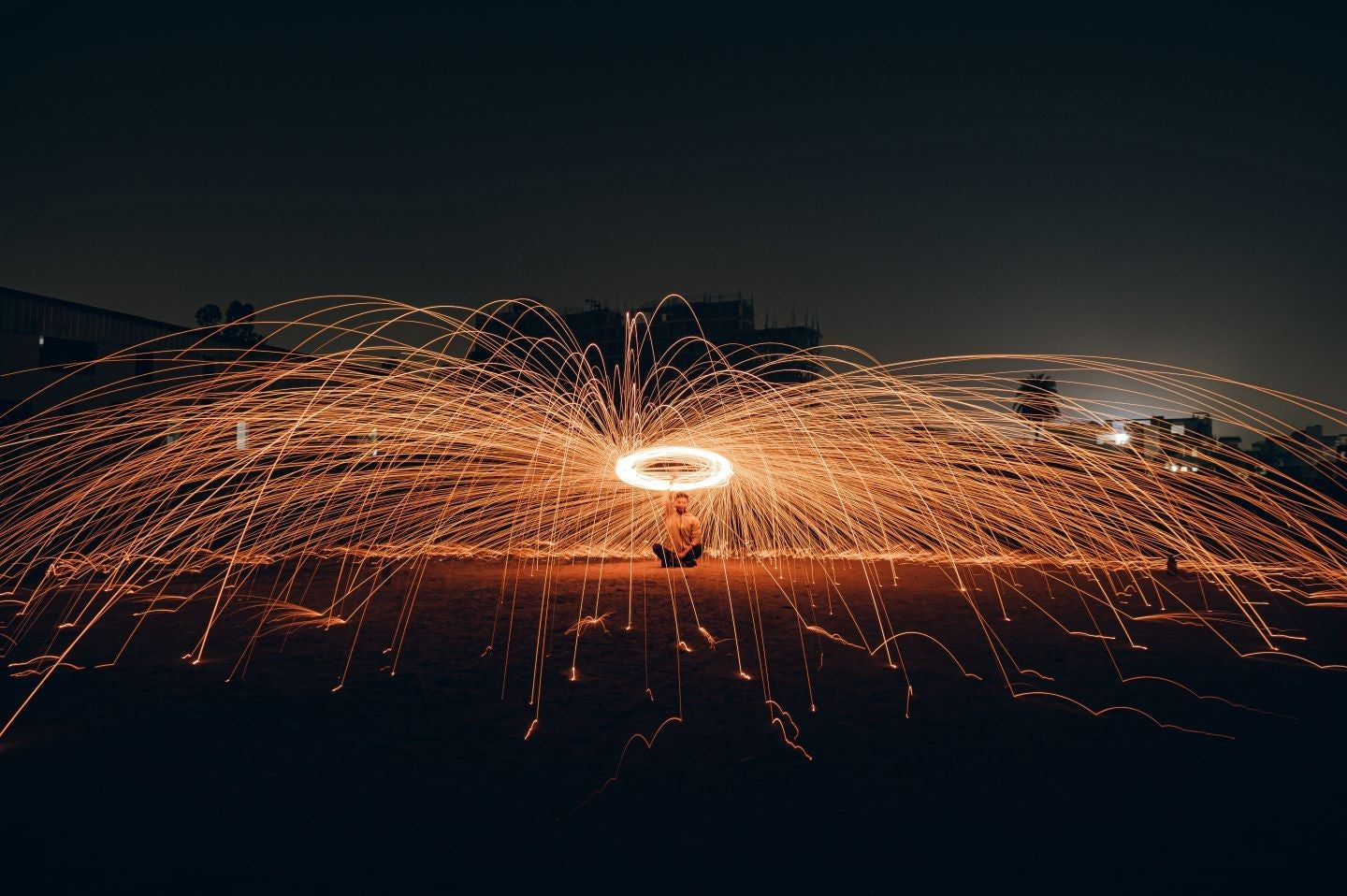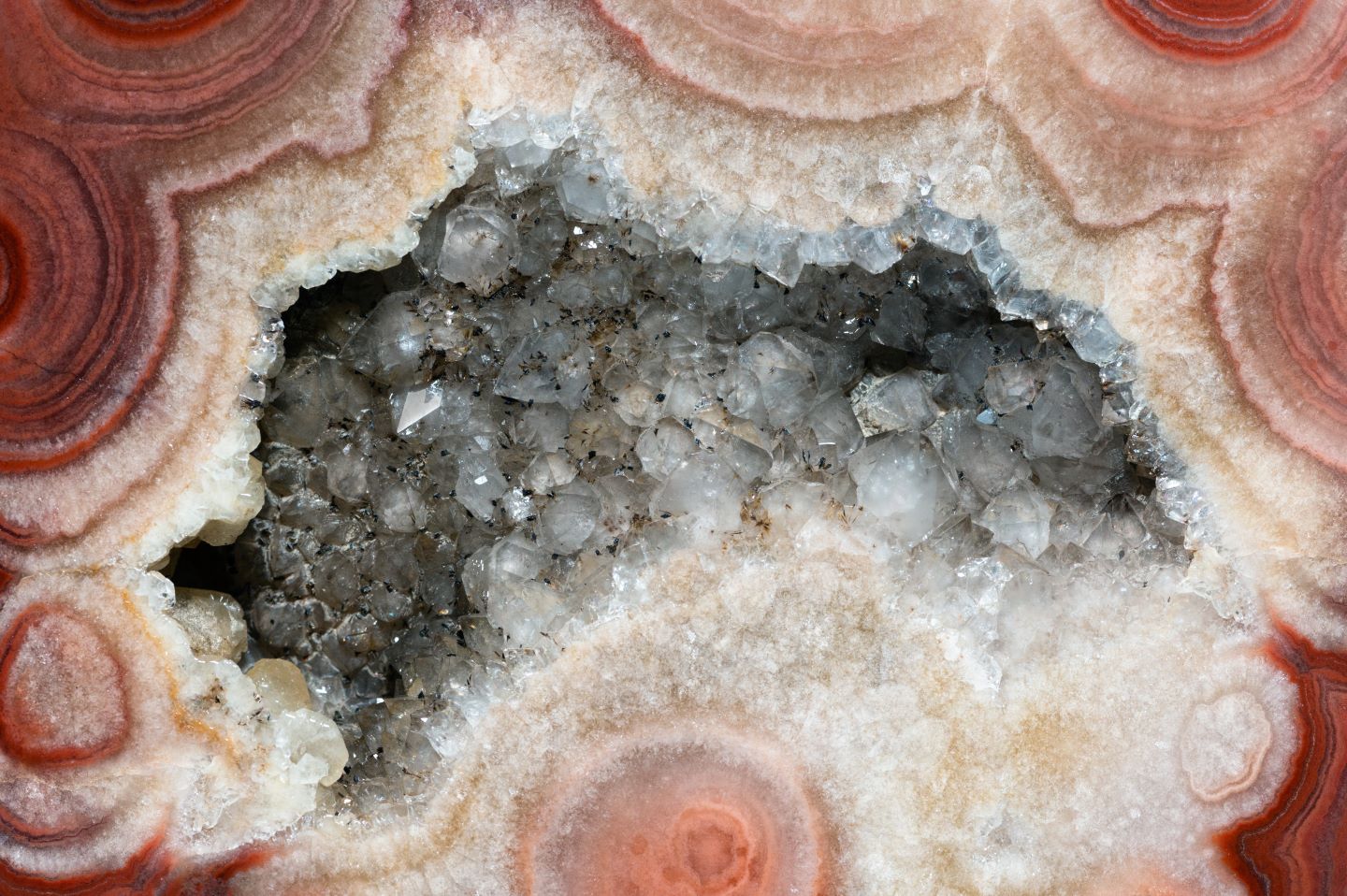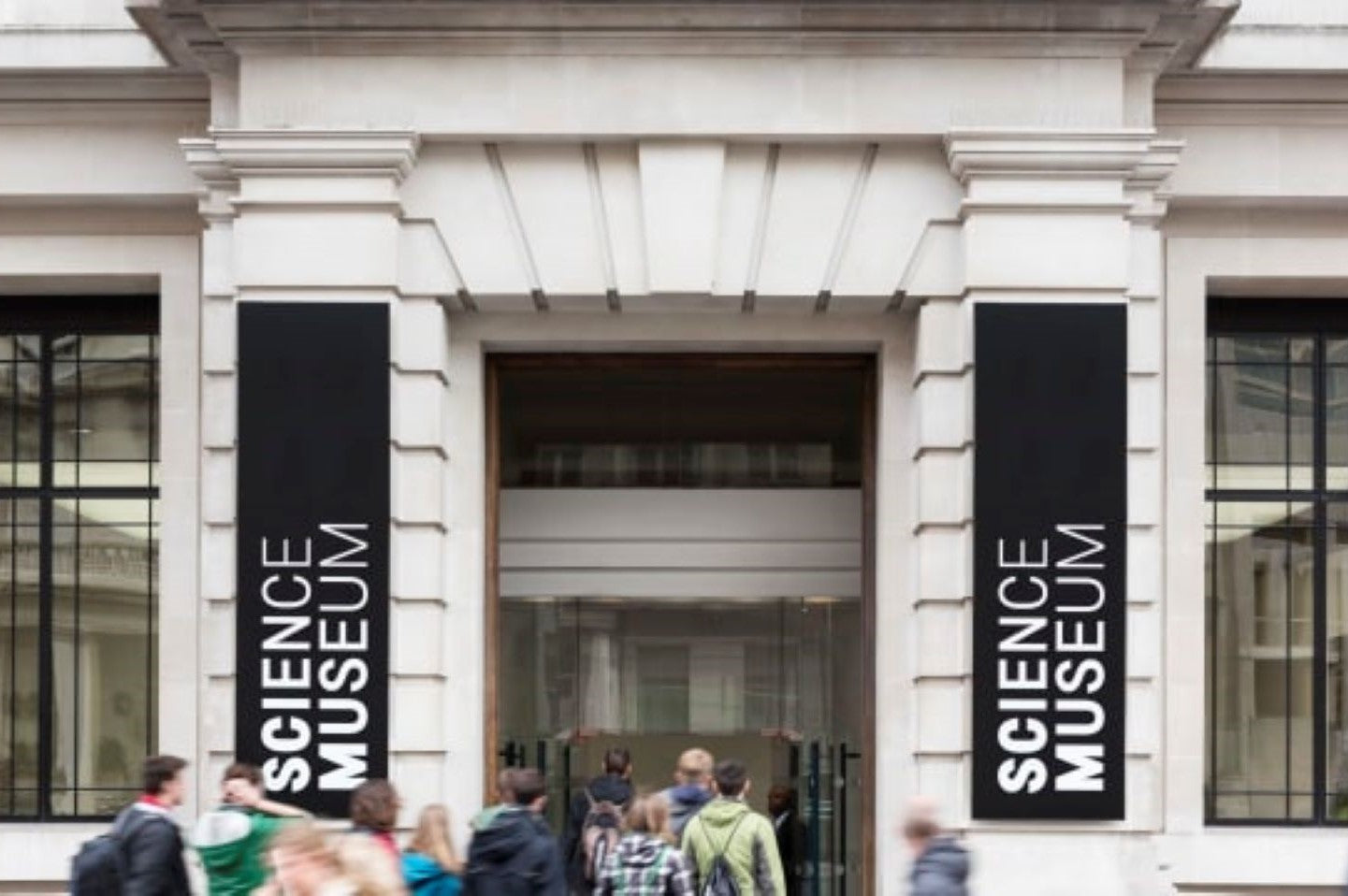The strobe effect is a visual phenomenon that occurs when a video or still image is captured at a high shutter speed and then played back. The effect gives the impression that objects in the video are moving in an alternating series of fast and slow motions. This particular visual effect is often seen with lightning, fireflies and other natural phenomena. The term "stroboscopic" comes from the Greek words "strobo" meaning to turn and "scopic" meaning to see. It is also called the phenomenon of flickering light. To create this effect, you must use a high shutter speed on your camera. This will allow you to capture images faster than their normal speed of movement, so that when you view them, they appear to move faster than normal or flicker.
How does the strobe effect work ?
The strobe effect occurs when a series of still images are captured at a high shutter speed and then presented one after the other. The images appear to flicker, like a strobe light. It looks as if the object is moving in a fast and slow motion. This effect is created because the camera shutter is open longer than our eyes can process.
Shutter speed is the length of time the shutter stays open when you take a picture. The longer the shutter speed, the brighter the image but the less motion it captures; the shorter the shutter speed, the darker the image but the more motion it captures. When you take a picture, your camera's shutter opens and stays open for a short period of time. This period of time is called the shutter speed. The shutter speed can be controlled manually. In fact, it is one of the most important factors in getting a good picture.
How do I get the strobe effect with video ?
Unlike a still image, you can achieve strobe effects with video by adjusting the camera shutter speed while shooting. In general, it is best to use the highest shutter speed possible. The higher the shutter speed, the shorter the time that light can enter the camera and expose the image sensor. Therefore, a higher shutter speed creates a shorter exposure time, which has the effect of freezing the motion in the scene and resulting in sharp, clear video.
A longer exposure time will make the video darker and more dramatic. To achieve this strobe effect, you must set your camera to a high shutter speed of 1/4000 or faster. You can change the shutter speed setting on your camera. It is usually found on the dial labeled "Shutter Speed" or in the "Exposure" menu of your camera settings.
Step by step tutorial : How to get the strobe effect ?
We are going to create a tutorial that will help you better understand how the strobe effect works. This is a very simple process and you don't need to be a pro to get the desired result.
First, you need to select the shutter speed that will give you the desired effect. Here is a quick reference guide to help you select the right shutter speed. If you want the motion to remain still, select a shutter speed of 1/60 or 1/30. If you want to create a dramatic effect, select a shutter speed of 1/8 or 1/4. If you want to create a spin or swirl effect, select a shutter speed of 1/3 or 1/2.
Why does this happen ?
The camera shutter is a light barrier in the camera body that controls the amount of time light can enter the camera and expose the image sensor. When you take a picture, the shutter stays open for a set period of time to allow light to pass through the sensor and be recorded as an image. This period of time is called the shutter speed. If you take a picture with a shutter speed of 1/60th of a second, the shutter stays open for 1/60th of a second and light can pass through the sensor and be recorded. If you take a picture with a shutter speed of 1/8th of a second, the shutter stays open for 1/8th of a second and light can pass through the sensor and be recorded.
The shorter the shutter speed, the more light can pass through the sensor and be recorded. The longer the shutter speed, the less light can pass through the sensor and be recorded. So when you take a picture with a shutter speed of 1/60th of a second, very little light can pass through the sensor and be recorded. With a shutter speed of 1/8th of a second, a large amount of light can pass through the sensor and be recorded.
Strobe effect on still images
This phenomenon also occurs with still images, although the effect is less pronounced because the shutter speed of still images is much longer than that of movies. You can achieve the stroboscopic effect with a still image by using a high shutter speed. In fact, you can use any shutter speed to achieve this effect, but the faster the shutter speed, the more pronounced the effect. When you take a picture with a high shutter speed, you are essentially blocking the flow of light into the camera and recording a still image of whatever is in front of your camera. If you take a picture with a shutter speed of 1/4000 of a second, the light is blocked from entering the camera and recording an image for 1/4000 of a second.
Real-world applications of the strobe effect
The strobe effect is often used in sports photography, for example to capture the movement of a person kicking a ball or swinging a racket. It is also used to create the illusion of motion in still images of normally stationary objects, such as flowers and plants, or to create visual illusions of impossible motion, such as a wheel that seems to be spinning perpetually backwards. Other examples include:
- Capturing the movement of a waterfall and making it appear frozen.
- Taking a photo of flowers in a garden and making them appear as if they are perpetually in motion.
- Taking a picture of a wheel and making it appear as if it is perpetually turning upside down.
These are just a few examples of how to use the strobe effect. You can use this effect for anything you want and create the visual illusion you want. It's a matter of creativity and imagination that you can find on our anti gravity lamps.





Leave a comment
All comments are moderated before being published.
This site is protected by hCaptcha and the hCaptcha Privacy Policy and Terms of Service apply.